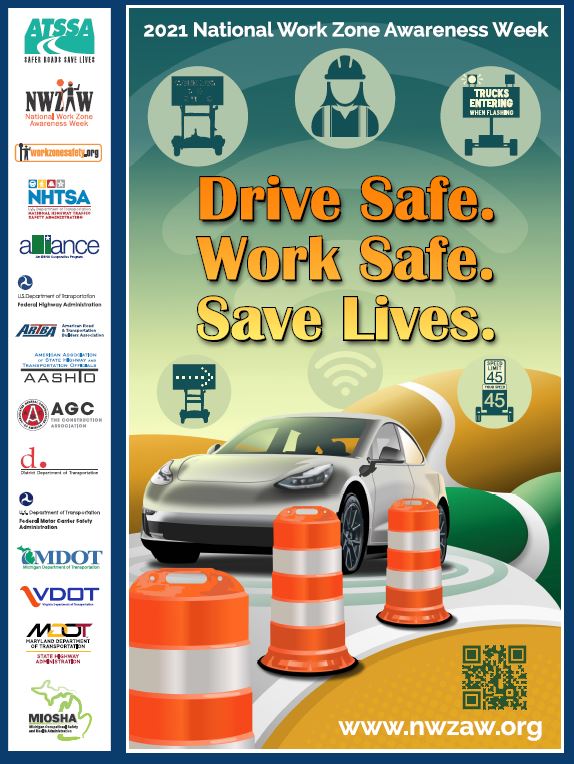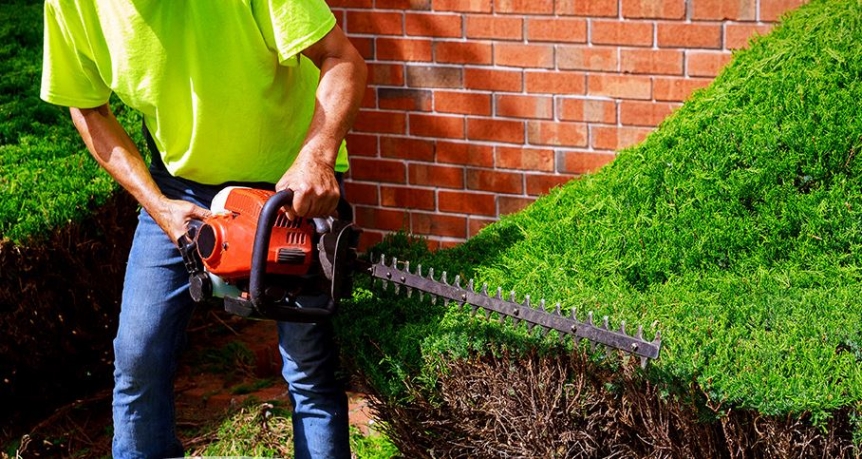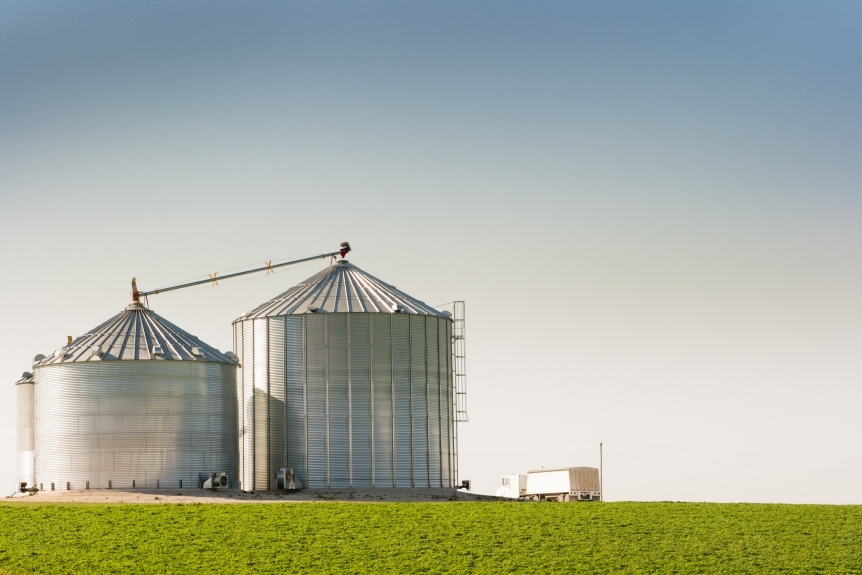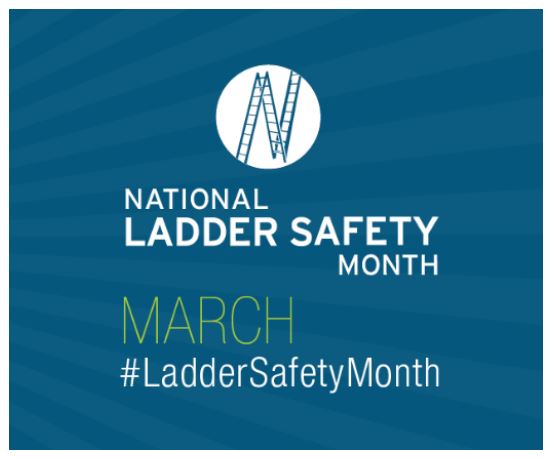Each year in the spring, National Work Zone Awareness Week (NWZAW) is held to bring national attention to motorist and worker safety and mobility issues in work zones. Work zone related changes in traffic patterns and rights of way, combined with the presence of workers, and the frequent movement of work vehicles, may lead lead to crashes, injuries, and fatalities. Through NWZAW, the Federal Highway Administration and its partners hope to bring attention to the the critical issue of road user and worker safety in and around work zones. This year, the Michigan Department of Transportation (MDOT) is hosting the 2021 National Work Zone Awareness Week kick-off event on April 27 with the theme, “Drive Safe. Work Safe Save Lives.” …
Economic Stress Tests Workers’ Comp Plans
By John Lacy for LeadersEdge.com With prevailing economic pressures widely expected to persist, more and more businesses will consider different ways to adapt, including the possibility of smaller, less skilled, and/or over-burdened workforces. These additional stresses could increase the risks of on-the-job injuries and, in some cases, jeopardize the ongoing well-being of the business. The good news for business owners is that those companies willing to proactively refine and manage their workers compensation program can take steps to mitigate losses, thus keeping their workers safe and protecting their business interests. Read how a robust workers’ compensation program is a basic tenet of successful risk management>>>
Three Important Risk Control Techniques For Managing Contractors
From Millers Mutual Insurance Every time a property owner/manager hires an outside contractor for services such as landscaping, snow and ice removal, or pool maintenance, there is the potential for third-party litigation resulting from the contractor’s work. Property owners/managers can be held liable for wrongful acts committed by a contractor even though the owner/manager may have no direct fault for the act. There are, however, various risk control techniques that will help an owner/manager recognize and control potential liability exposures. Read the 3 risk control techniques>>>
How to Respond to OSHA’s COVID Enforcement
By David Sparkman for EHSToday.com Employers now find themselves in the crosshairs of the Occupational Safety and Health Administration’s (OSHA) amped-up enforcement of its COVID-19 guidelines and need to take immediate action to avoid the potential flood of citations and penalties expected to result. OSHA said it is choosing to target those industry sectors that have been generating the highest number of complaints, such as healthcare, which includes hospitals, healthcare providers, assisted living facilities and home healthcare services. Other industries targeted are general warehousing and storage, temporary help and staffing agencies, discount department stores, both full- and limited service restaurants, supermarkets and grocery stores (excluding convenience stores), and poultry and meat slaughtering and processing plants. Read the details>>>
Take a Stand for Grain Safety
By Gina Ekstam for AssuredPartners.com Workers in grain handling facilities are exposed to many serious and life-threatening hazards, including fires, falls, and amputations. Suffocation, however, is the leading cause of death in grain storage bins, occurring when an employee becomes engulfed or entrapped inside a bin. Research by Purdue University’s Agricultural and Biological Engineering Department reveals an increase in the number of documented cases involving all types of agricultural confined spaces, including grain entrapments. In 2019, the 38 grain entrapment cases recorded represented a 26.7% increase from 2018, substantially higher than the five-year average of 28.8 cases per year. Of the total number of reported entrapment cases, 61% resulted in a fatality, a rate higher than the five-year average. OSHA’s …
Everything You Need to Know About the Microsoft Exchange Server Hack
By Charlie Osborne for Zero Day Four zero-day vulnerabilities in Microsoft Exchange Server are being actively exploited by a state-sponsored threat group from China and appear to have been adopted by other cyberattackers in widespread attacks. While in no way believed to be connected to the SolarWinds supply chain attack that has impacted an estimated 18,000 organizations worldwide — so far — there is concern that lags in patching vulnerable servers could have a similar impact, or worse, on businesses. Read everything you need to know about the security issues and be updated as the story develops>>>
March is National Ladder Safety Month
The American Ladder Institute has designated March as National Ladder Safety Month – the only movement dedicated exclusively to the promotion of ladder safety, at home and at work. Are you choosing the right ladder? Are you taking the time to properly inspect your ladders before starting to work? Did you know a thorough inspection should be made when the ladder is initially purchased and each time it is placed into service? Make ladder safety a priority and participate this month. Click for more information regarding ladder safety training and awareness provided by the American Ladder Institute. Contact a member of the Murray Risk Control Team at 717.397.9600 for additional resources and tools for prevention. #LadderSafetyMonth
Six Steps to Take After a Car Accident
By Eric Rosenberg for Westfield Insurance Car accidents happen—and sometimes there’s nothing you can do about it. These accidents are far more common than you might think. Data from the last U.S. Department of Transportation, National Highway Traffic Safety Administration survey in 2018 showed there were over 6.7 million car crashes in the U.S. that year. Of those accidents, nearly 1.9 million resulted in injuries and over 4.8 million of these accidents involved property damage. But while getting into an accident can shake you up, there are important steps to take after one occurs. These measures can help ensure everyone is safe, that the law is being followed and that the car accident claim process is as streamlined as possible. Stay calm …
New Chrome Browser 0-day Under Active Attack
By Ravie Lakshmanan for The Hacker News Google has patched a zero-day vulnerability in Chrome web browser for desktop that it says is being actively exploited in the wild. The company released 88.0.4324.150 for Windows, Mac, and Linux, with a fix for a heap buffer overflow flaw (CVE-2021-21148) in its V8 JavaScript rendering engine. “Google is aware of reports that an exploit for CVE-2021-21148 exists in the wild,” the company said in a statement. The security flaw was reported to Google by Mattias Buelens on January 24. Read more here >>>
OSHA Recommends Employers Cover COVID-19 Vaccination Costs
Following OSHA guidelines can often be a challenge. Compound them with a global pandemic and an employer’s job gets that much harder. This article by By Louise Esola for Business Insurance elaborates: The Occupational Safety and Health Administration (OSHA) issued workplace safety guidance for employers that includes a recommendation that they cover COVID-19 vaccination costs. OSHA issued the new guidelines following an executive order by President Joe Biden on January 21 to do so. The new guidelines, which in general mirror existing U.S. Centers for Disease Control and Prevention guidance, call for face coverings, social distancing and contact-tracing. They also call for employers to implement COVID-19 prevention programs, separate and send home sick workers, improve safety communication with workers, install …










